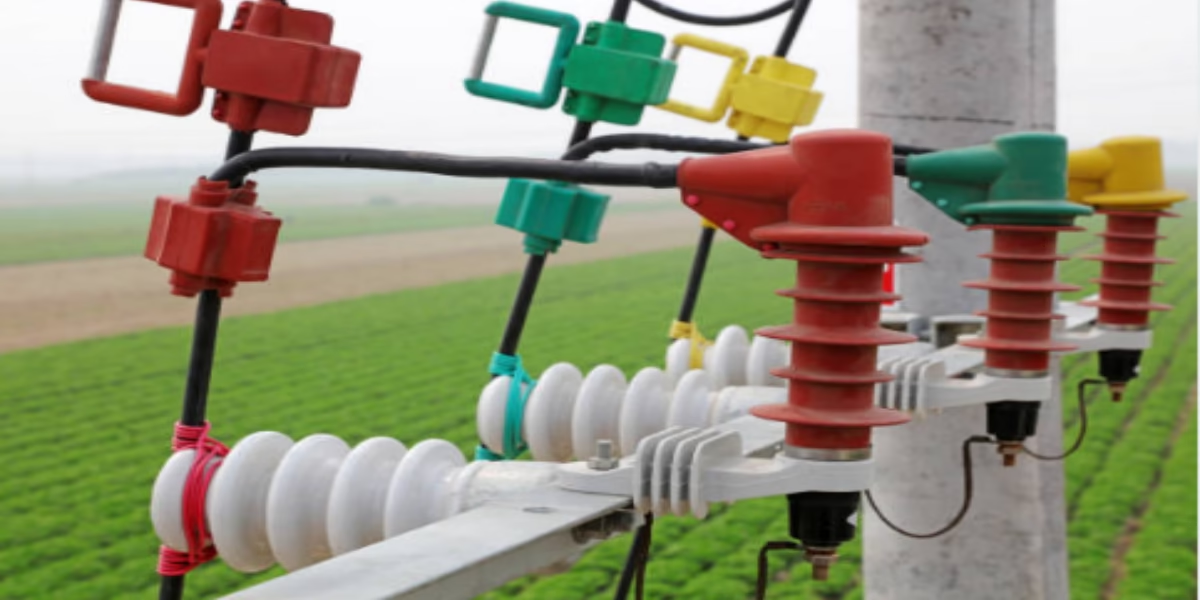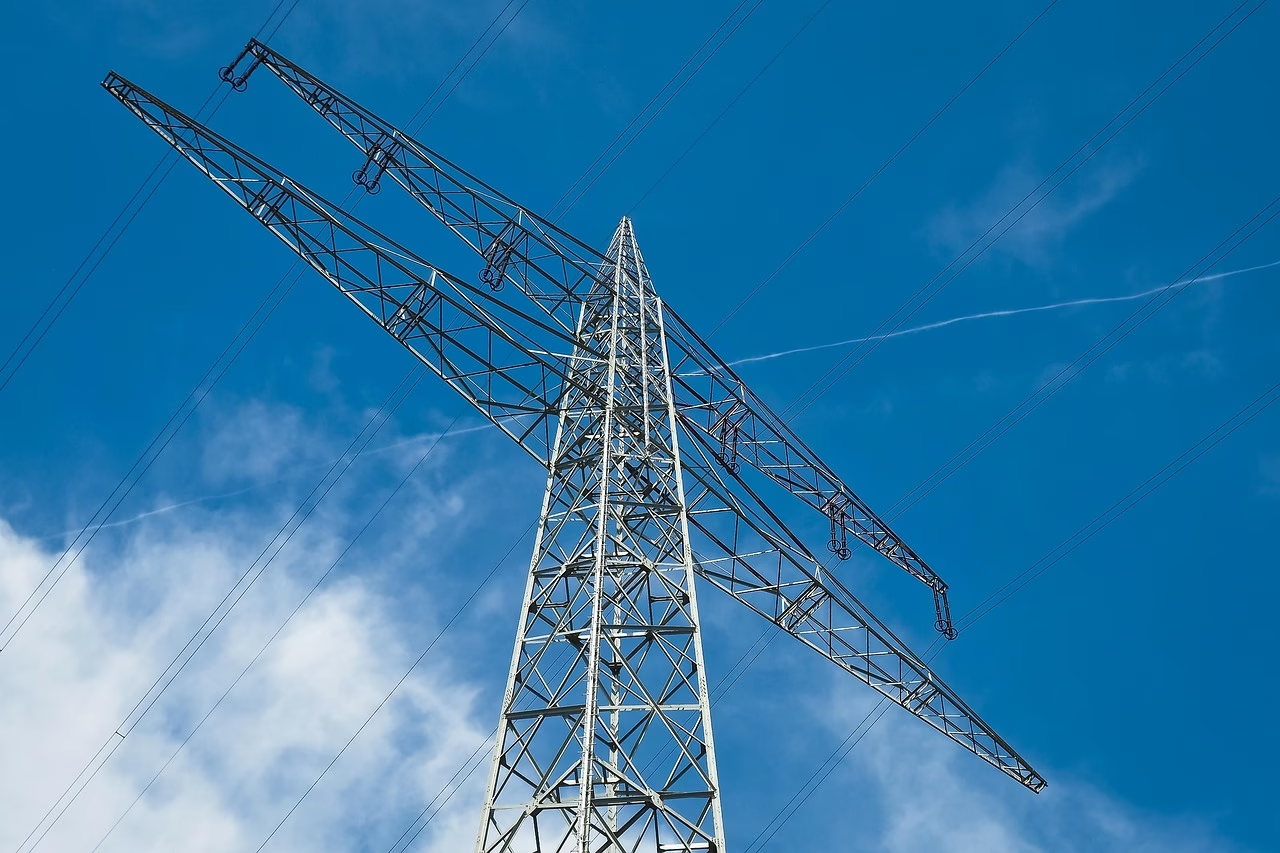In teh intricate web of electrical infrastructure, where power lines stretch across vast landscapes and energy surges through urban grids, a remarkable yet often overlooked component plays a pivotal role in ensuring our safety and reliability: the pin insulator. These unsung heroes, typically perched on utility poles, serve as vital guardians, preventing unwanted electrical discharges while supporting the weight of high-voltage conductors. As we delve deeper into the world of pin insulators, we will uncover their design, functionality, and the crucial role they play in the broader context of electrical safety. join us on a journey to shine a light on these silent sentinels,whose resilience and efficiency quietly underpin the everyday modern conveniences we often take for granted.
Table of Contents
- Understanding the Role of Pin Insulators in Electrical Infrastructure
- Key Benefits of Utilizing Pin Insulators for Enhanced safety
- Choosing the Right Pin Insulator for Your Needs
- Maintenance Practices to Ensure Longevity and Reliability of Pin Insulators
- Q&A
- In Summary
Understanding the Role of Pin Insulators in Electrical Infrastructure
pin insulators play a pivotal role in ensuring the safety and reliability of our electrical grids. These essential components are designed to support overhead power lines while preventing electrical current from passing into the supporting structures, thereby mitigating the risk of short circuits. their unique shape not only provides mechanical strength but also ensures that they can withstand adverse weather conditions, such as high winds and heavy snow loads. Pin insulators are typically made from materials like porcelain or toughened glass, which exhibit low conductivity and high resistance to environmental degradation. This durability makes them indispensable for maintaining uninterrupted power flow and protecting infrastructure.
One of the key advantages of pin insulators is their ability to provide effective insulation in various operating environments. Their design allows for a large creepage distance, which is critical in urban areas where pollution may accumulate and lead to electrical arc over.additionally,pin insulators come in various voltage ratings,allowing for versatility in application across different sectors—from residential neighborhoods to high-voltage transmission lines. They must be inspected regularly to ensure their integrity, as any failure could lead to costly outages and safety hazards. Here are some of the essential features of pin insulators:
| Feature | Description |
|---|---|
| Material | Porcelain or toughened glass for durability |
| Voltage Ratings | Available for low to high voltage applications |
| Creepage Distance | Long creepage to prevent flashover in polluted areas |
| Weather Resistance | Designed to endure extreme weather conditions |
Key Benefits of Utilizing Pin Insulators for Enhanced Safety
Utilizing pin insulators offers a multitude of advantages that significantly bolster safety in electrical systems.These robust components are designed to maintain the necessary separation between conductors and supporting structures, thereby preventing electrical faults. The inherent strength of pin insulators ensures they can withstand extreme weather conditions, reducing the risk of failure during storms or high winds. Furthermore, their high dielectric strength minimizes leakage currents, making them an excellent choice for both overhead and underground wiring applications.
In addition to their structural integrity, pin insulators play a critical role in enhancing the overall reliability of electrical networks. They help maintain proper alignment and tension in power lines, which is crucial for preventing disruptions and maintaining smooth operations. When deployed effectively, these insulators can lead to a decrease in maintenance costs and an increase in system longevity. Below is a brief overview of key attributes that highlight their benefits:
| Attribute | Benefit |
|---|---|
| High Dielectric Strength | Reduces leakage current and enhances insulation. |
| Weather Resistance | Withstands harsh environmental conditions, reducing failures. |
| Structural Strength | Ensures reliability and stability of power lines. |
| Maintenance Cost efficiency | minimizes the need for frequent repairs and replacements. |
Choosing the Right Pin Insulator for Your Needs
When it comes to selecting pin insulators, understanding your specific requirements is crucial to ensuring the safety and efficiency of your electrical systems. Various factors should guide your decision-making process,including the environmental conditions in which the insulators will function,the voltage ratings they need to handle,and the type of materials used in their construction. Consider whether your application will be subjected to extreme weather, pollution, or other stresses that may impact insulator performance. Ideally, high-quality materials such as porcelain or polymer are favorable due to their durability and resistance to environmental degradation.
Additionally, it’s significant to think about the installation location and the physical attributes of the pin insulators. Some key points to consider include:
- Mechanical Strength: Ensure the insulator can withstand the physical stresses it may encounter.
- Electrical Insulation: Look for insulators with high dielectric strength to prevent leakage.
- Compatibility: Verify that the insulator fits your existing infrastructure for seamless integration.
Moreover, it’s beneficial to compare different models based on their specifications, which can definitely help narrow down your choices. Below is a simple comparison table that highlights essential characteristics:
| Insulator Type | Material | Voltage Rating | Weather Resistance |
|---|---|---|---|
| Porcelain | Porcelain | Up to 35 kV | Excellent |
| Polymer | Silicone Rubber | Up to 38 kV | Very Good |
| Glass | Glass | Up to 15 kV | Good |
Maintenance Practices to Ensure Longevity and Reliability of Pin Insulators
To maintain the integrity and efficiency of pin insulators,a consistent maintenance routine is essential. Regular inspection should be conducted to identify any signs of wear, damage, or contamination, which can significantly affect performance. Key aspects to focus on include the following:
- Visual Checks: Inspect for cracks, chips, or surface erosion.
- Contamination Assessment: Look for dust, grime, or biological growth that may impair electrical insulation.
- Connection Review: Ensure all electrical connections are secure and free from corrosion.
Moreover, proactive cleaning methods can enhance the lifespan of pin insulators. Utilizing appropriate cleaning agents that suit the material can prevent the buildup of pollutants that may lead to electrical failure. It's also vital to adhere to environmental considerations—avoiding harsh chemicals that can harm the surrounding ecosystem. To summarize ideal maintenance practices:
| Practice | Frequency |
|---|---|
| Visual Inspections | Monthly |
| Cleaning | Bi-Annually |
| Connection Tightening | Annually |
Q&A
Q&A: Pin Insulators - The Unsung Heroes of Electrical Safety
Q: What exactly is a pin insulator?
A: A pin insulator is a type of electrical insulator designed to support and separate electrical conductors from their supporting structures, such as utility poles. These insulators are typically made from materials like porcelain or polymer and play a crucial role in maintaining safety and efficiency in electrical systems.
Q: How do pin insulators contribute to electrical safety?
A: Pin insulators prevent accidental contact between live wires and grounded structures, which can lead to short circuits or electrical shocks. They create a physical barrier that ensures electricity flows through the wires, reducing the risk of fires and electrical hazards for both the public and maintenance workers.
Q: Are there different types of pin insulators, and what are their specific uses?
A: Yes, there are several types of pin insulators, including porcelain and composite (polymer) insulators. Porcelain insulators are frequently enough used in rural areas due to their robustness and resistance to environmental factors. Composite insulators are favored in urban settings for their lightweight properties and higher resistance to contamination, making them ideal for areas with high pollution.
Q: Why are pin insulators often considered "unsung heroes"?
A: While the functioning of power lines and their components is vital to our daily lives, pin insulators are often overlooked. They quietly perform their role without fanfare, and many people are unaware of their meaning until they cause a failure or issue. Their reliability ensures that electricity can be transmitted safely and effectively, enabling the conveniences of modern life.
Q: What environmental challenges do pin insulators face?
A: Pin insulators are subject to various environmental factors such as temperature fluctuations, UV radiation, and pollution. For example, industrial areas may introduce contaminants that can impair the insulator's performance. To combat these challenges, manufacturers are developing materials that are more resilient to weathering and contamination, leading to longer-lasting insulators.
Q: How can improper installation or maintenance of pin insulators affect electrical systems?
A: Incorrect installation or lack of maintenance can lead to insulator failure, which poses serious risks such as power outages, equipment damage, and public safety hazards. Regular inspections and adherence to installation standards are essential in ensuring that pin insulators function properly and continue to protect the electrical infrastructure.
Q: How can the public improve their understanding of pin insulators?
A: Increasing awareness about the role of pin insulators can start with education initiatives and community outreach. Utility companies and educational institutions can work together to create informative programs or materials that highlight the importance of these components in electrical safety and reliability.
Q: What should someone do if they notice damaged pin insulators in their area?
A: If individuals spot damaged or broken pin insulators, they should report it to their local utility company immediately. Prompt reporting can help mitigate hazards, ensuring that repairs are made quickly to maintain the safety and reliability of the electrical grid.
This Q&A aims to shed light on the pivotal role pin insulators play in electrical safety, often going unnoticed despite their significance. By understanding their function and importance, we can appreciate these unsung heroes that keep our electrical systems running smoothly and safely.
In Summary
pin insulators may not bask in the limelight of public awareness, yet their role in ensuring electrical safety is both pivotal and profound. Often overshadowed by more glamorous components in the vast electrical landscape, these sturdy guardians stand tall against the elements, effectively supporting the intricate networks that power our daily lives. As we plug in our devices and light up our homes, it’s worth taking a moment to appreciate the unseen labor of pin insulators. Their steadfast presence not only prevents catastrophic failures but also upholds the reliability of our energy systems. So, the next time you glance at a power line stretching across the sky, remember the unsung heroes quietly working to keep the electrical current flowing safely and efficiently, allowing us to enjoy the conveniences of modern life without a hitch.





